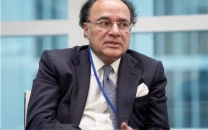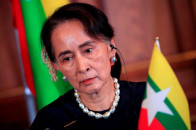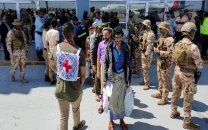In Indian Kashmir, YouTube generation defines new struggle
Tech-savvy Internet users in Kashmir are harnessing Facebook and YouTube to highlight their struggle.

In Indian Kashmir, YouTube generation defines new struggle
The unrest marks a new phase in resistance to Indian rule in the disputed territory, some observers believe, revealing the deep frustration of the new generation in the 12-million-strong mostly Muslim local population.
In the violence, in which security forces are accused of killing 17 young locals, others see a danger of radicalisation in a region that was beginning to emerge from an insurgency that has claimed an estimated 47,000 lives.
"I have taken to stone-throwing to show my anger, my hatred at the present state of affairs," says the softly spoken Khan (name changed), as he stands in one of Srinagar's narrow back streets. The son of a government employee father, who disapproves of his behaviour, Khan is dressed casually in jeans and a t-shirt and has his hair gelled in a style familiar from Indian Bollywood films. He says he is not a particularly devout Muslim and attends Friday prayers only to be able to join the regular protests that take place afterwards, denouncing Indian rule in the territory.
Born during the insurgency like most of the under-20 protestors -- tech-savvy Internet users who are harnessing Facebook and YouTube to highlight their struggle -- he has known nothing but violence and turmoil in Kashmir. "Why should this problem linger on if so many other problems have been resolved?" he asks.
When the subcontinent was divided in 1947, Kashmir's Hindu leader opted to take his mainly Muslim subjects into Hindu-majority India rather than Pakistan and the two nuclear-armed neighbours have since fought two wars over the territory.
Kashmir is divided into Indian and Pakistani-controlled regions, with both countries claiming the territory in full. For two decades from 1989, a violent anti-India insurgency raged in the Indian part, making it one of the most dangerous places on the planet in the mid-1990s.
But the intensity of the attacks has waned significantly in recent years, widely attributed to the start of peace talks between India and Pakistan in 2004. Before the latest wave of unrest, there was talk of major troop withdrawals and revival of the region's main economic activity, tourism.



















COMMENTS
Comments are moderated and generally will be posted if they are on-topic and not abusive.
For more information, please see our Comments FAQ